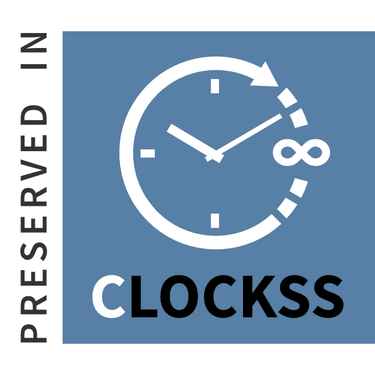Prediction and Estimation of Postoperative Refractive Error in Phacoemulsification: Using Ultrasound A-Scan and Intra Ocular Lens Master
Abstract
Background: This study aims to predict and estimate the postoperative refractive outcome in participants undergoing phacoemulsification using IOL Master and A-scan biometry.
Methods: A cross-sectional study was done where ninety eyes of 90 participants undergone phacoemulsification using SRK/T formula were included in longitudinal research. Each participant underwent axial length (AL) measurement by IOL Master and A-scan, and keratometry reading (k- reading) by manual TOPCON keratometer and automated keratometer on IOL master for IOL power calculation. All the pre-operative measurements between A-scan and IOL master and two keratometers were compared using paired-t tests. The four-week postoperative refractive error was estimated using univariate analysis and its prediction was compared with the ocular biometry parameters using quadratic regression.
Results: Preoperative findings were higher for AL and ACD by IOL master and A-scan (0.27±0.14mm; p<0.001, 0.14±0.31mm, p<0.001) respectively. The AL and K-reading were found to be strong predictors of IOL power calculation (β = -1.07; p<0.001, β = 0.75; p<0.001), respectively. The AL, K-reading were found to be strong predictors for four-week postoperative refractive error (β = -1.563; p = 0.012, β = 1.052; p = 0.012) where postoperative error was found to be higher (F = 7.521, p<0.001) in A-scan than IOL Master. For K-reading, the two keratometer’s and for AL by A-scan and IOL Master’s level of agreement (95% LoA) was comparable (-0.15 to 0.12mm and -0.01 to 0.54mm).
Conclusions: IOL Master is more reliable for ocular biometry and minimizes postoperative refractive error.
Keywords: Axial length; intraocular lens power; keratometry-reading; refractive error estimation; postoperative refractive error.
Copyright (c) 2024 Sabitri Bhatta, Sagun Narayan Joshi, Madhu Thapa, Suresh Awasthi, Gauri Shankar Shrestha, Niraj Dev Joshi

This work is licensed under a Creative Commons Attribution-NonCommercial 4.0 International License.
Journal of Nepal Health Research Council JNHRC allows to read, download, copy, distribute, print, search, or link to the full texts of its articles and allow readers to use them for any other lawful purpose. Copyright is retained by author. The JNHRC work is licensed under a Creative Commons Attribution-NonCommercial 4.0 International (CC BY-NC 4.0).












